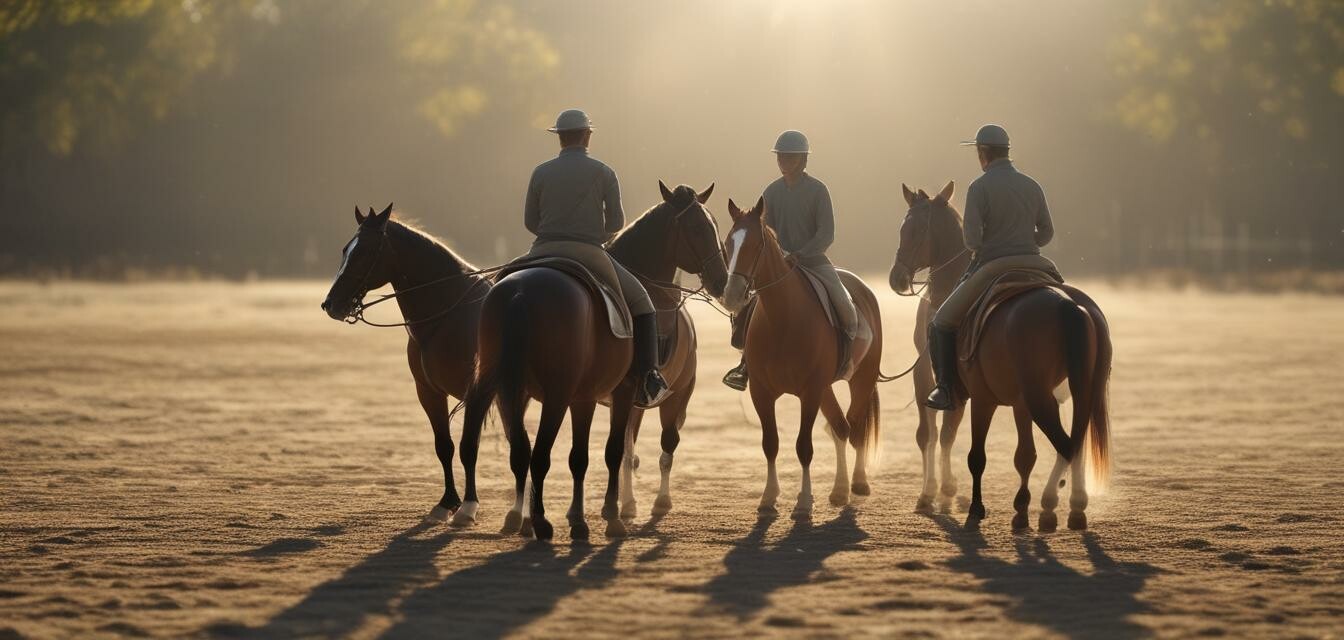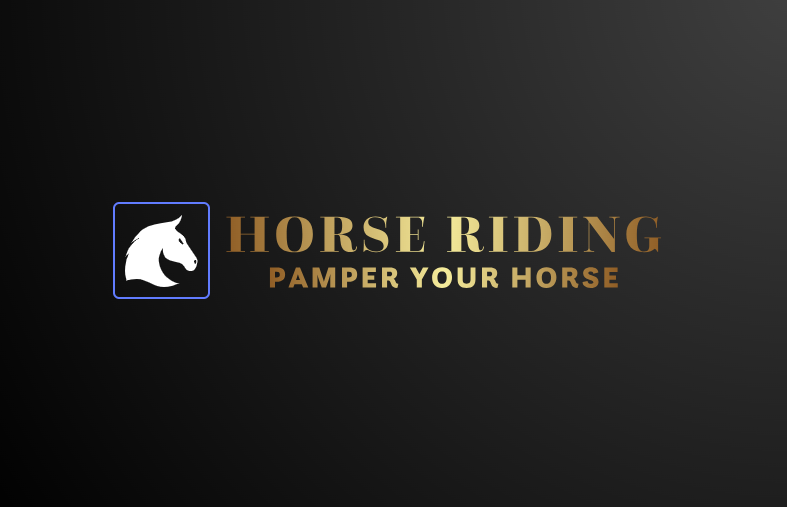
Building a Winning Team for Competitive Riding
Key Takeaways
- Choose the right trainers and support staff to form an effective team.
- Establish clear communication channels among team members.
- Regular evaluations and feedback can enhance team performance.
- Build a collaborative and supportive environment for your horse and riders.
- Focus on goal setting and sharing success stories to motivate the team.
In the world of competitive riding, success rarely comes from individual efforts alone. It is essential to build a cohesive and supportive team that works harmoniously towards common goals. This article outlines the key steps in forming a winning team for competitive riding, highlighting the importance of selecting suitable trainers, support staff, and fostering effective communication among team members.
Choosing the Right Trainers
Your trainer plays a pivotal role in your journey as a competitive rider. Here are some factors to consider when selecting the ideal trainer:
| Criteria | Importance | Considerations |
|---|---|---|
| Experience in Competitive Riding | High | Look for trainers with a proven track record in your discipline. |
| Teaching Style | Medium | Find a trainer whose style matches your learning preferences. |
| Communication Skills | High | Ensure they can convey instructions effectively. |
| Availability | Medium | Check if their schedule aligns with your training needs. |
| Reputation | High | Seek recommendations from fellow riders or local equestrian communities. |
The Importance of Trainer-Rider Relationship
A strong relationship with your trainer is crucial for improving your skills and gaining confidence. Regular discussions about your progress and areas needing improvement will create a more tailored training experience.
Selecting Support Staff
Having the right support staff can significantly enhance performance and create a smooth training environment. Here are key roles to consider:
- Grooms: Responsible for the care of your horse, these individuals are essential for readiness at competitions.
- Veterinarians: A good veterinarian will monitor your horse's health and provide necessary treatments.
- Nutritionists: Proper nutrition is foundational for performance; consider consulting a nutritionist for tailored feeding plans.
- Farriers: Regular hoof care is crucial; partner with a skilled farrier for optimal hoof health.
Creating a Supportive Environment
Encourage teamwork among support staff to create a cohesive environment. Regular meetings or brief check-ins can help align everyone on the team's goals and challenges.
Fostering Communication Within the Team
Clear communication is crucial for any competitive team. Here are some strategies to enhance communication among team members:
- Hold regular team meetings to discuss plans, schedules, and concerns.
- Use digital tools for scheduling and updates, ensuring everyone is informed.
- Encourage open dialogues where team members can share feedback.
Utilizing Technology for Better Communication
Consider apps that facilitate communication regarding schedules and reminders. Creating a shared calendar can keep everyone in sync regarding competition dates and training sessions.
Establishing Goals for the Team
Setting clear objectives is vital for direction and motivation. Here's how you can approach goal-setting:
- Identify key performance areas, such as training progress, show results, and overall health.
- Set short-term and long-term goals, ensuring they are specific and measurable.
- Celebrate milestones together to build team spirit and motivation.
Encouraging Individual Feedback
Providing constructive feedback on performance is also important. Encourage team members to share insights focused on improvements while recognizing achievements.
Regular Team Evaluations
Consistent evaluations can shed light on the team's dynamics and performance. Regular check-ins can help maintain standards and adjust strategies as necessary:
| Evaluation Criteria | Frequency | Methodology |
|---|---|---|
| Performance Metrics | Monthly | Review goals and measure against set standards. |
| Team Dynamics | Quarterly | Use surveys or discussions for insight on team interaction. |
| Individual Feedback | After each competition | Provide actionable insights for improvement. |
Pros
- Building a successful team improves performance and competition readiness.
- Clear communication helps in resolving issues efficiently.
- Encouraging collaboration fosters a positive training atmosphere.
Cons
- Finding the right personnel can be time-consuming.
- Team dynamics may vary, leading to conflicts that need resolution.
Conclusion
Developing a winning team for competitive riding requires careful planning, communication, and collaboration. By focusing on selecting the right trainers, establishing effective communication, and evaluating performance, you can foster an environment that motivates both horse and rider. Remember to keep your goals in sight and celebrate victories together, creating a journey that is as rewarding as the destination.
Explore our Rider Tips and Advice section for more insights to enhance your riding journey. Join the community of riders who aim for excellence in every ride.
